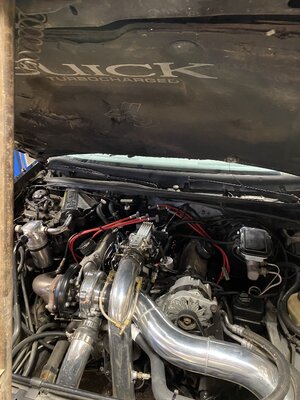The more info of what I asked for, plus oil brand, viscosity, pressure, dry sump oiling, windage tray use and deep oil pan usage all play a factor, as does spring design and shape, cam ramp rate, type of rocker material, and quality of roller rocker arms. There are other factors that I probably have forgotten that I will add as we go along.
I have been involved in the issue of hyd rlr cam power and noise since 1985/6 when Crane released their first SBC HYD RLR to the public. As I recall, I received about the third "matched assembly" sold. That is a long, convoluted story unto itself, and a major factor of how and why I became a Tech writer.
With a LOT of info that I asked for, I will be able to provide a plan to help figure out this common issue.
Due to legal ownership transfer issues of articles that I have written and been paid for, I am unable to do a "sticky" thread of said articles. Later as I am able to recall who for, and when said articles were published, I will provide info of where to find them, so others, not legally bound, may assemble the thread.
Just for info sake, I have found that most noise issues are not related to anti rotation, or tie bar design, be it vertical, (captured or loose), horizontal, (same deal), spring loaded horizontal, dog bone, lobe rail guided, or pin/ key guided. I'll do my research, now it's time for someone with more time than me to post pics of mostly old lifter designs.
Hint: those anti rotation designs started with the EARLY SOLID ROLLER pioneers: Chet Herbert, Racer Brown, Ed Iskenderian, and Engle, to name a few off the top of my head. You are going to find info and patents mostly from the 1950s and 60s.
Happy hunting and posting, I'll help steer things when I am available.
TIMINATOR
